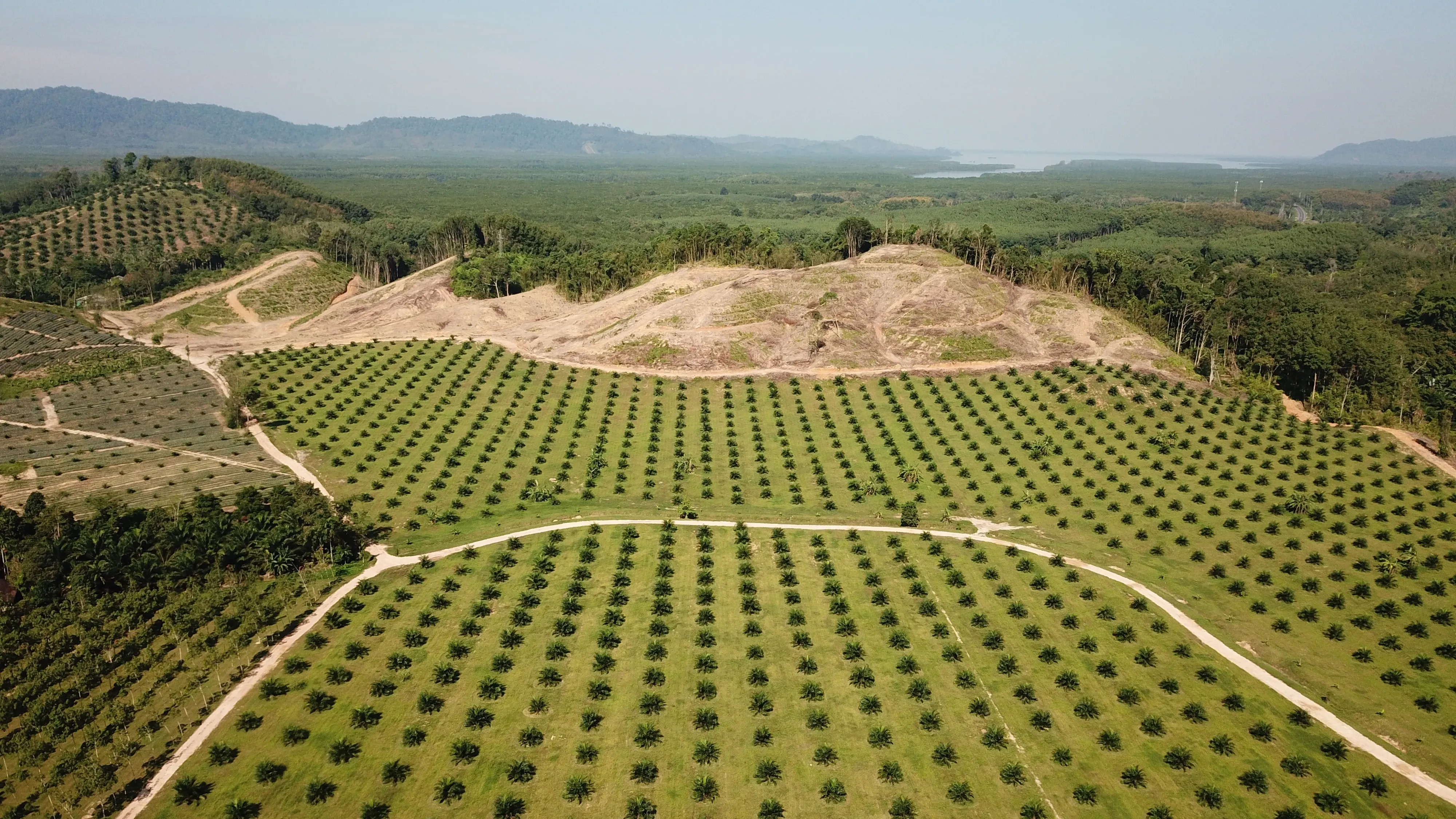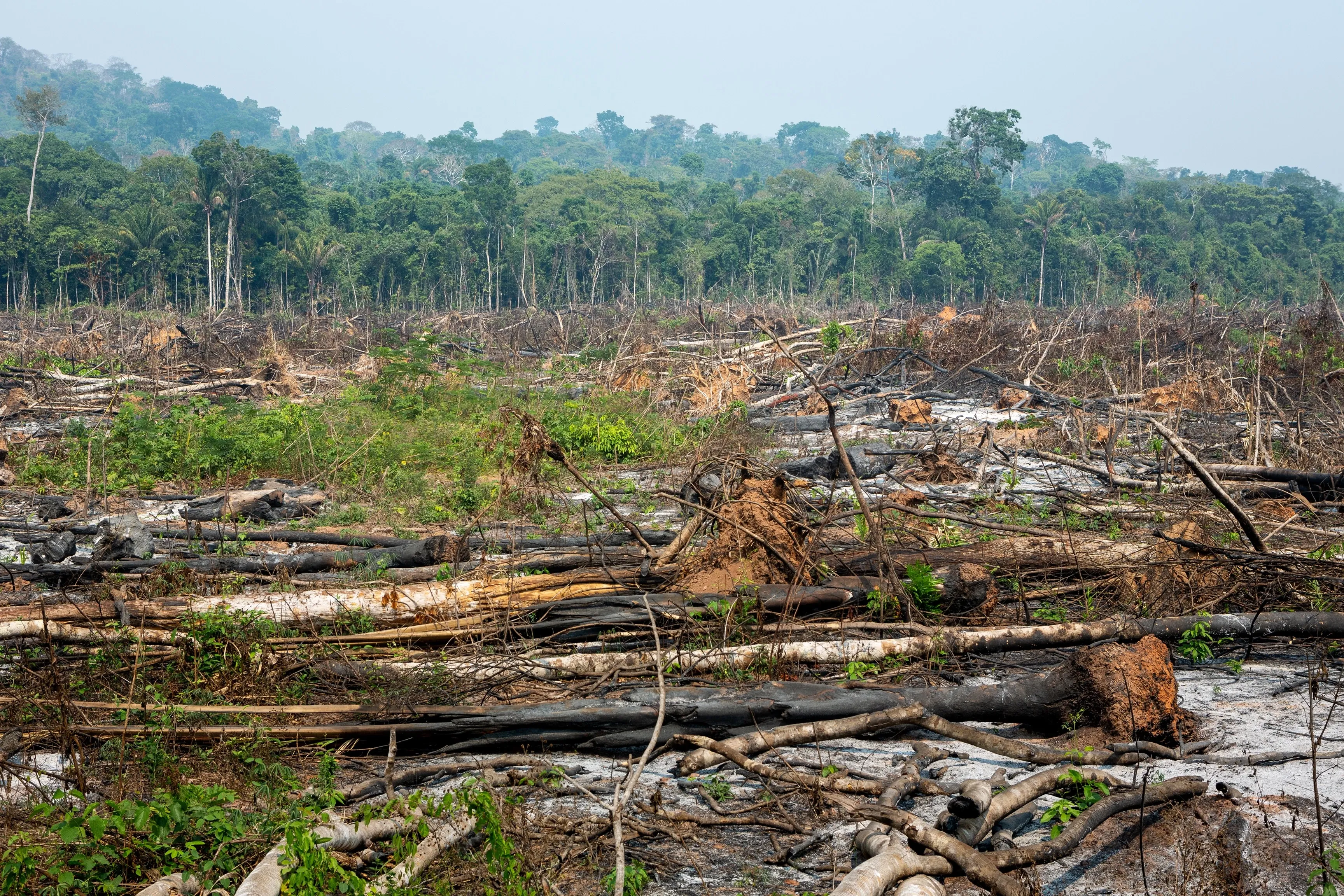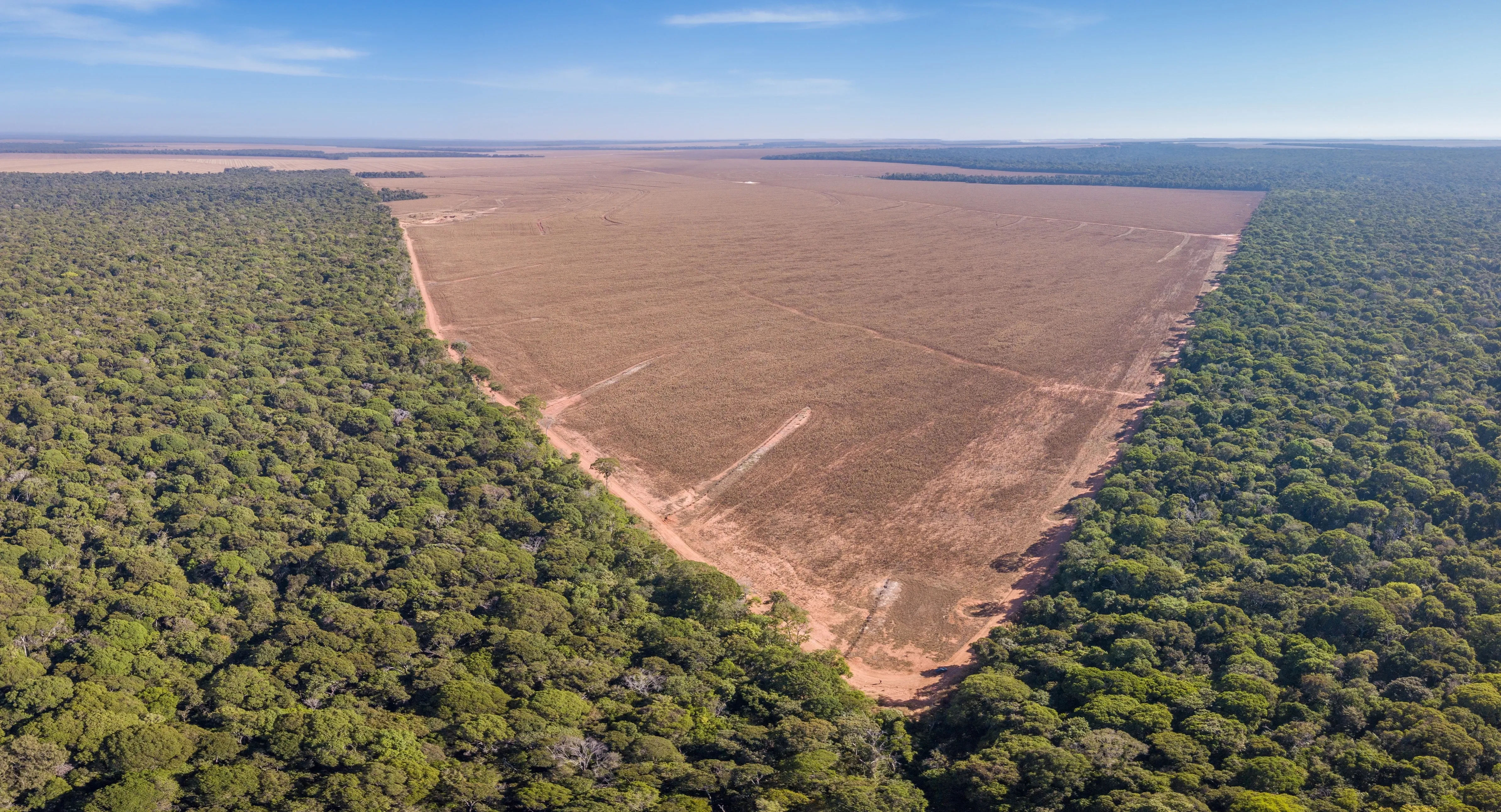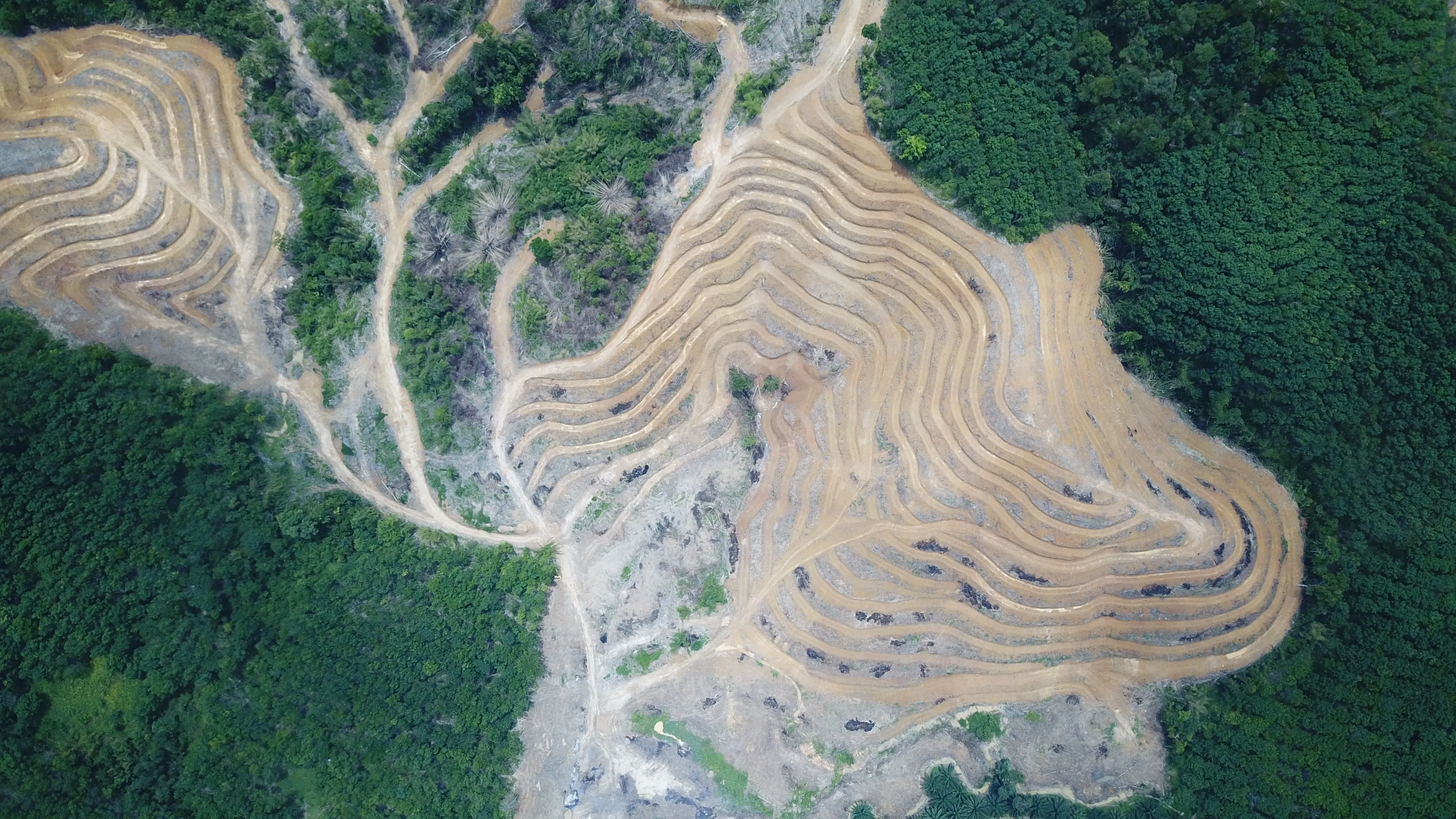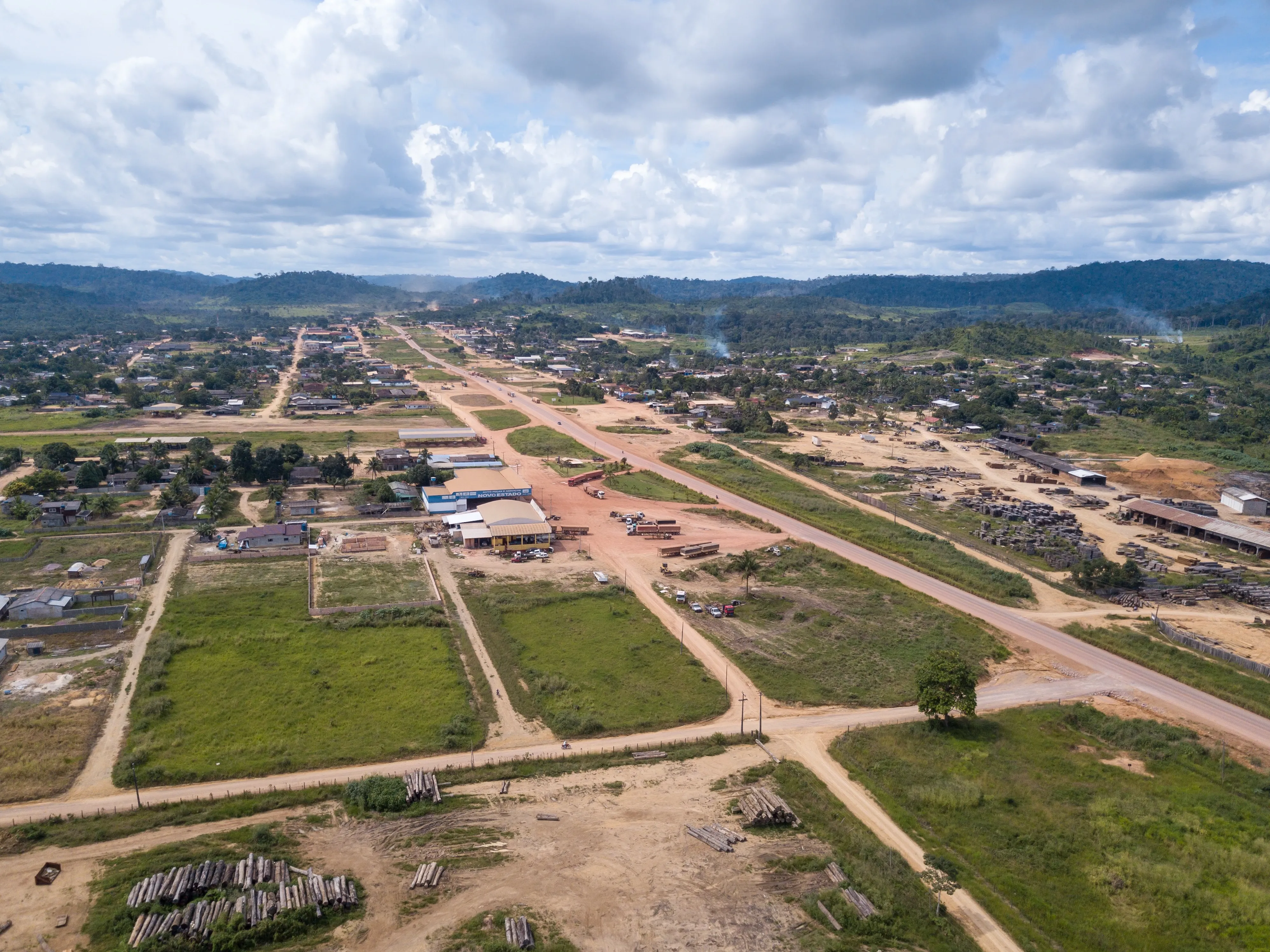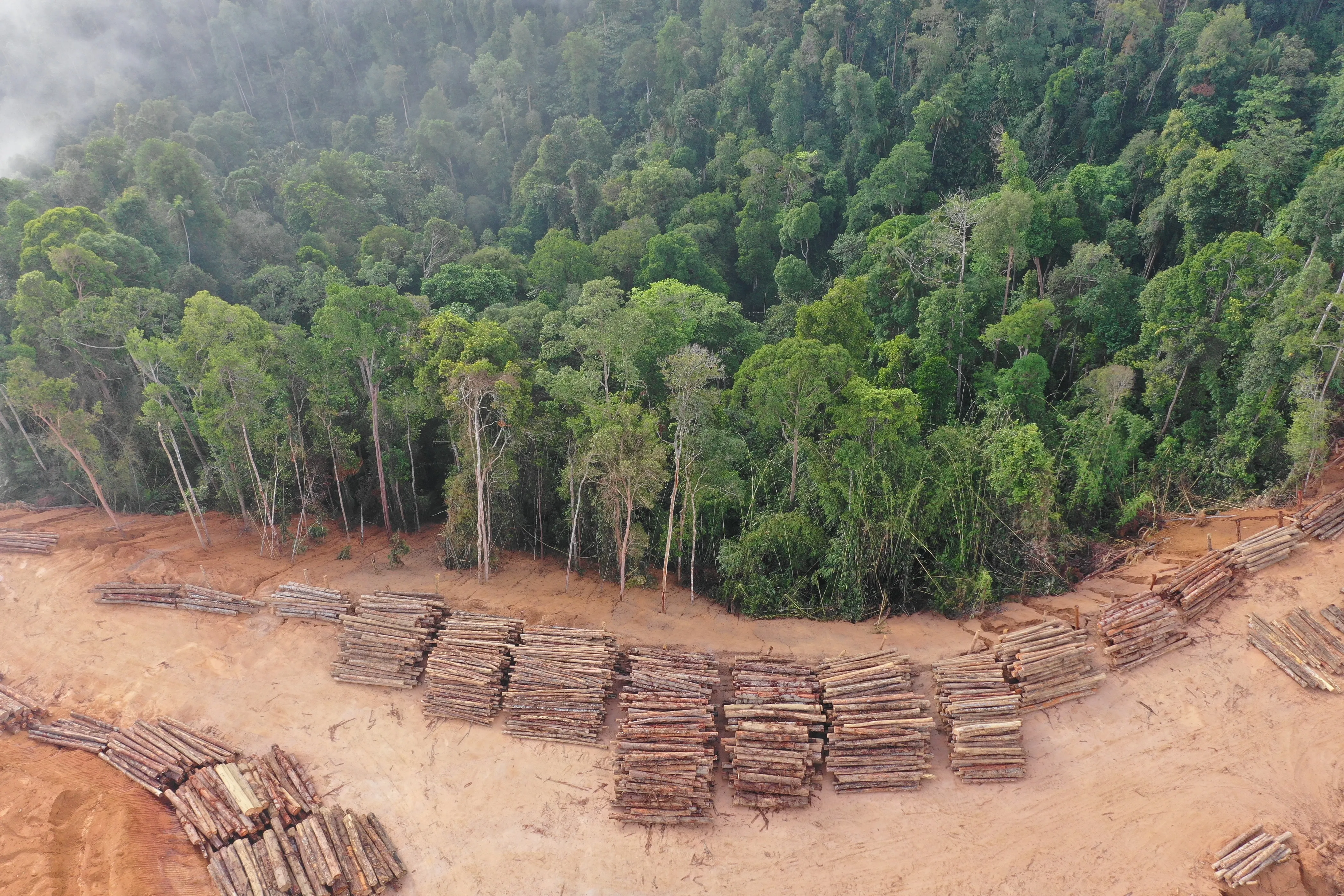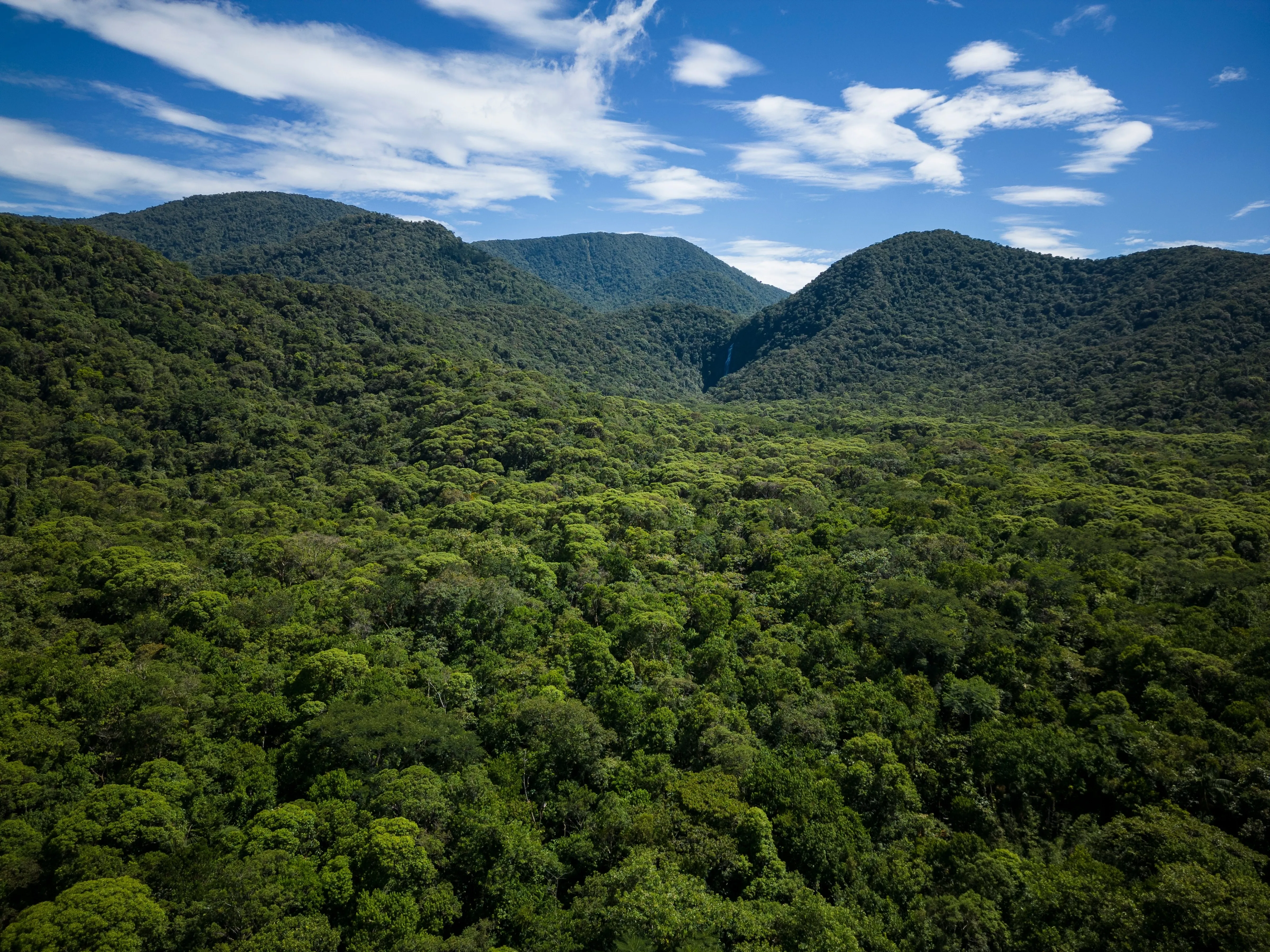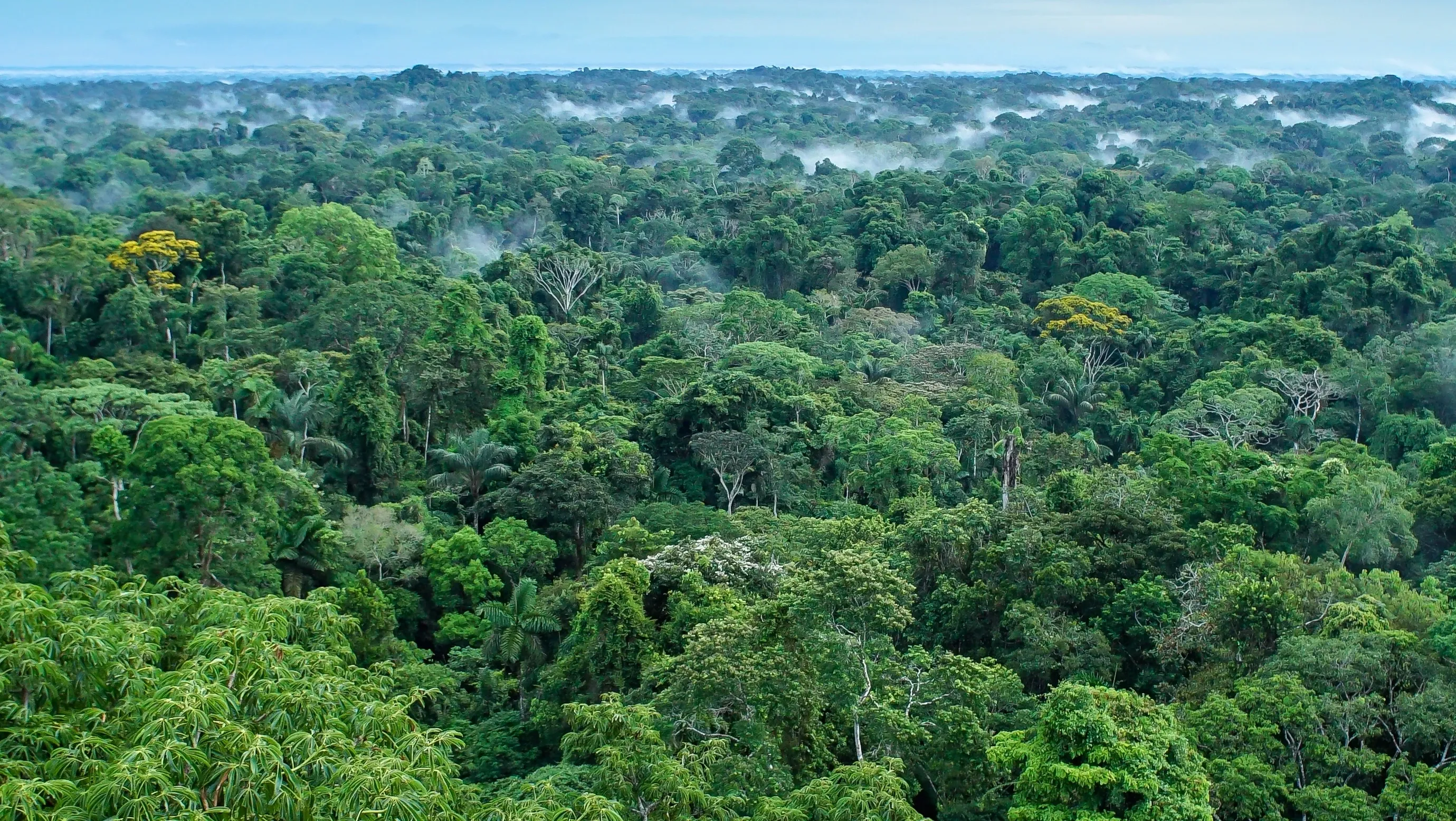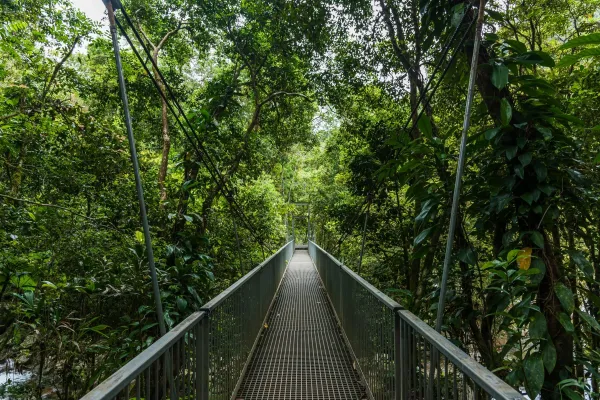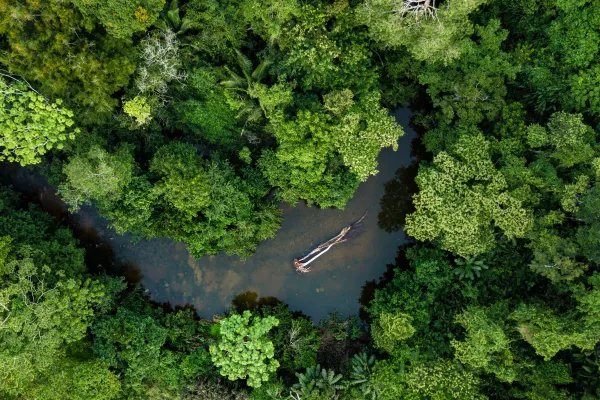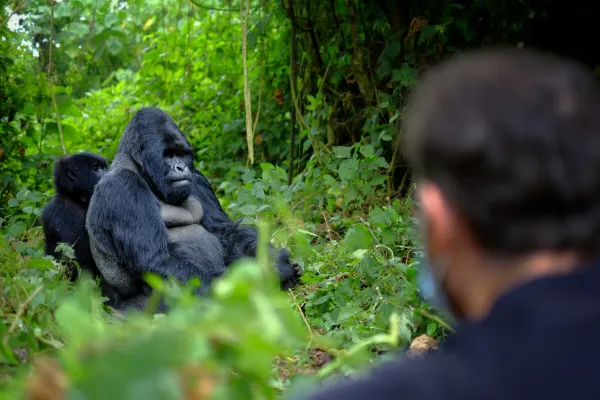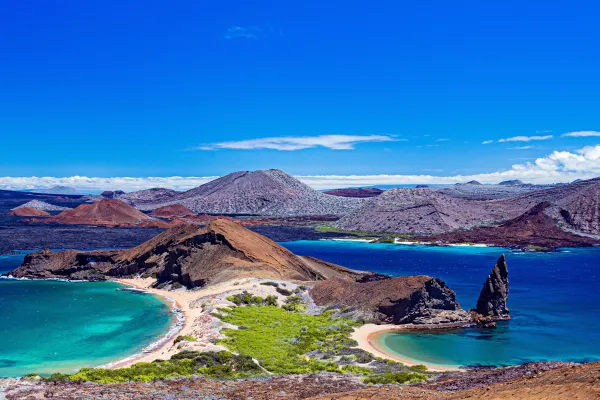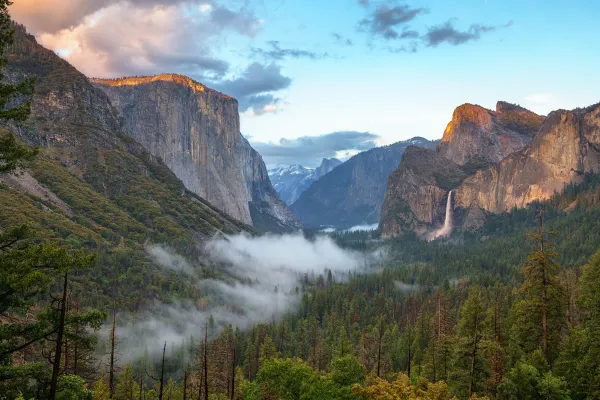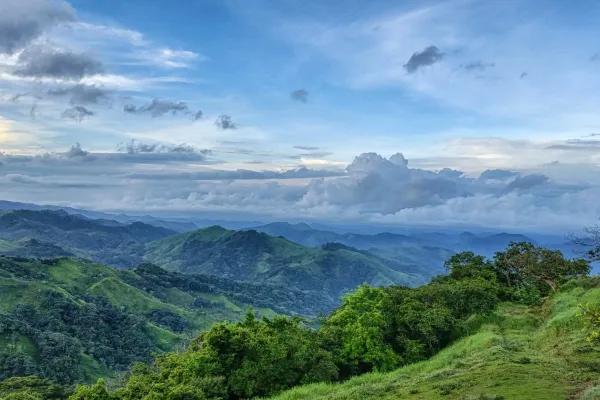The devastating impact of deforestation on the tropical rainforest
Tropical rainforests, often described as the Earth’s most vital and vibrant ecosystems, are under siege. These lush, green havens of life, teeming with an unparalleled diversity of species, are disappearing at an alarming rate.
The relentless march of deforestation is transforming these rich landscapes into barren expanses, with profound consequences not only for the rainforests themselves but for the entire planet. To understand the gravity of this crisis, we must delve into the importance of these ecosystems, the threats they face, and the urgent need for solutions.
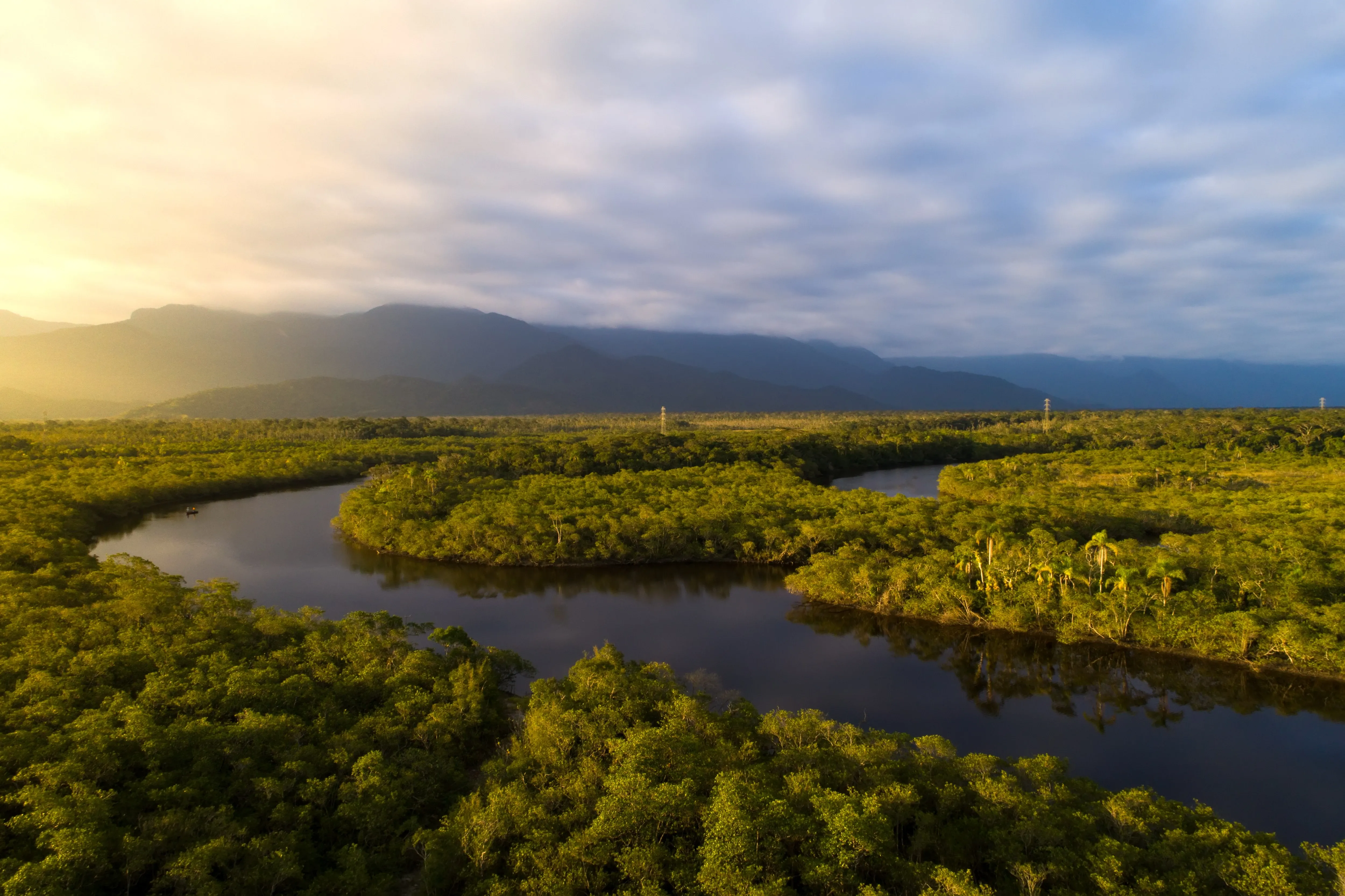
The bounty of tropical rainforests
Tropical rainforests are nature’s treasure troves, covering about 6% of the Earth’s surface yet harboring more than half of the world’s species. From the towering giants of the Amazon Basin to the dense foliage of Southeast Asia, these forests are a tapestry of life. A single hectare might hold hundreds of different tree species, each one a pillar in a complex web that supports myriad forms of life—from vibrant birds and insects to elusive jaguars and majestic elephants.
Beyond their role as biodiversity hotspots, tropical rainforests are crucial to the health of our planet. They act as massive carbon sinks, absorbing carbon dioxide and mitigating the effects of climate change. Rainforests also play a pivotal role in regulating the global water cycle, pumping vast amounts of moisture into the atmosphere, which then returns as rain—sustaining not only the forests themselves but also agricultural lands far beyond their borders.
The gathering storm: threats to rainforests
Despite their immense value, tropical rainforests are being felled at an unprecedented pace. The Food and Agriculture Organization (FAO) reports that roughly 10 million hectares of forest are lost each year, much of it from tropical regions.
This deforestation is driven by a complex interplay of factors, all of which pose a significant threat to these ecosystems.
#1 Infrastructure development
As countries in tropical regions develop, the demand for infrastructure—roads, dams, and urban expansion—has led to significant forest loss. These projects often cut through large swathes of rainforest, fragmenting ecosystems and making them more susceptible to further exploitation.
#2 Logging
Commercial logging, both legal and illegal, is another major threat. Timber from tropical forests is highly prized for its quality, leading to extensive logging operations. While some logging is done sustainably, much of it is not, resulting in the loss of valuable tree species and leaving the forest vulnerable to further degradation.
#3 Agricultural expansion
The quest for arable land is one of the foremost drivers of deforestation. In many parts of the world, rainforests are cleared to make way for large-scale farming operations. Cattle ranching in the Amazon, soybean cultivation in South America, and palm oil plantations in Southeast Asia are among the leading causes. The destruction of these forests for agriculture not only removes the trees but also destabilizes the soil, disrupts water cycles, and erodes local climates, leading to a cascade of environmental impacts.
#4 Mining
The extraction of minerals such as gold, bauxite, and iron ore from tropical regions has also led to widespread deforestation. Mining operations often involve the clear-cutting of forests to access underground resources, leaving behind scarred landscapes and polluted waterways.
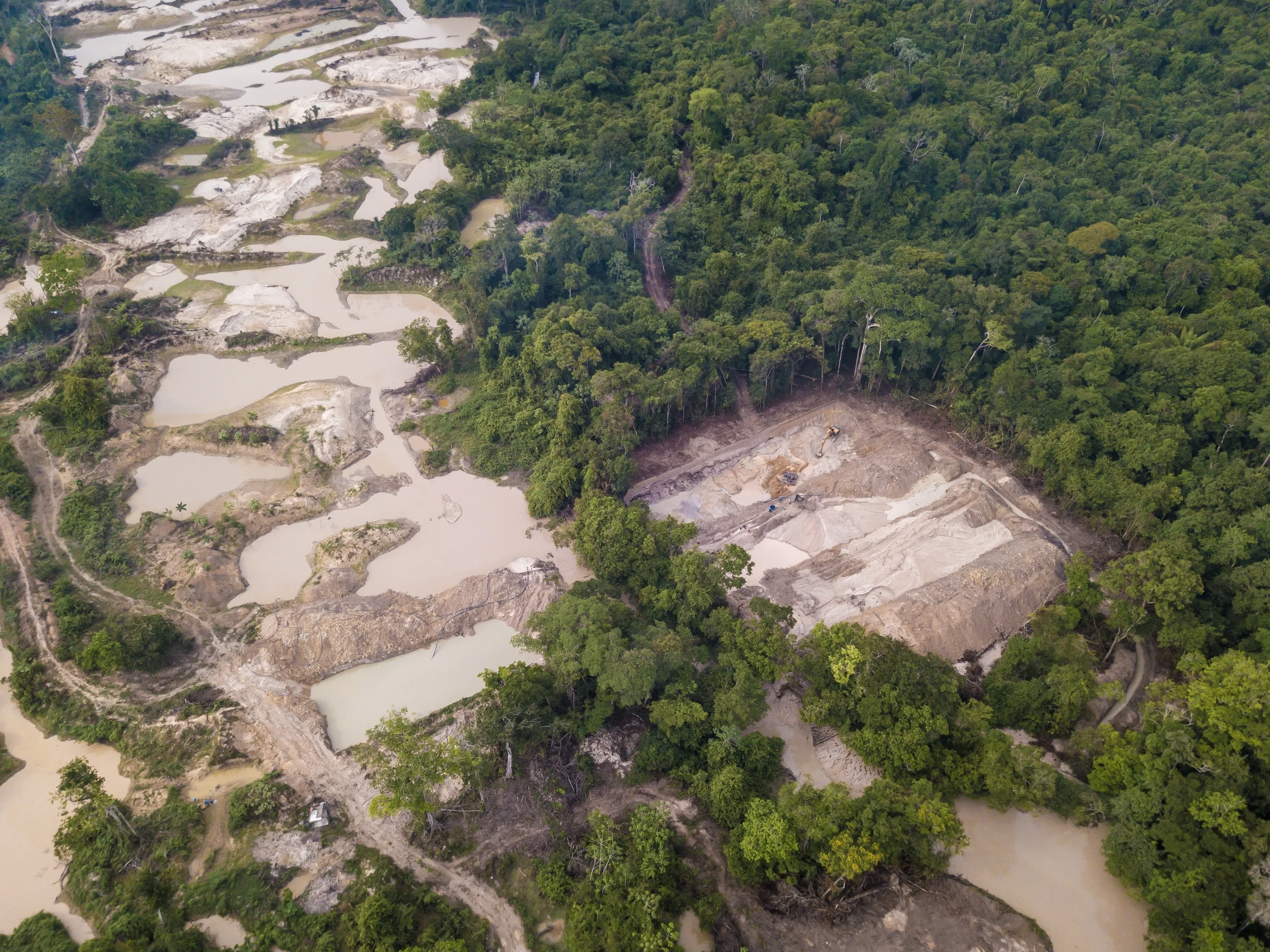
Why deforestation is devastating
The consequences of deforestation extend far beyond the immediate loss of trees. When a tropical rainforest is destroyed, the intricate balance that sustains its rich biodiversity is shattered. Species that have evolved over millennia to thrive in these environments find themselves without habitat, leading to a cascade of extinctions. Many of these species are endemic, meaning they are found nowhere else on Earth, and their loss represents an irreversible reduction in global biodiversity.
Deforestation also accelerates climate change. When trees are cut down and burned or left to rot, the carbon stored in their wood is released into the atmosphere, contributing to the greenhouse effect. The loss of forests reduces the planet’s capacity to absorb carbon dioxide, exacerbating global warming. This, in turn, leads to more extreme weather patterns, sea-level rise, and other climate-related impacts that threaten human societies worldwide.
Moreover, deforestation disrupts the global water cycle. Rainforests play a crucial role in generating rainfall through the process of transpiration, where water is released from plants into the atmosphere. The loss of forests can lead to drier climates, reduced rainfall, and the loss of freshwater resources, affecting not just the local ecosystem but also regions far beyond the rainforest itself.
Turning the tide: How we can combat deforestation
The fight against deforestation requires a multifaceted approach, combining conservation, sustainable development, and global cooperation. Here are some strategies that can help preserve these vital ecosystems:
#1 Protected areas and conservation efforts:
Establishing and enforcing protected areas is essential for preserving remaining rainforest regions. National parks, reserves, and community-managed forests can serve as refuges for biodiversity and as carbon sinks, helping to mitigate climate change.
#2 Sustainable agriculture and logging practices
Promoting sustainable farming and logging practices can reduce the pressure on rainforests. Agroforestry, where trees and crops are grown together, and selective logging that avoids clear-cutting, are examples of how human needs can be balanced with forest conservation.
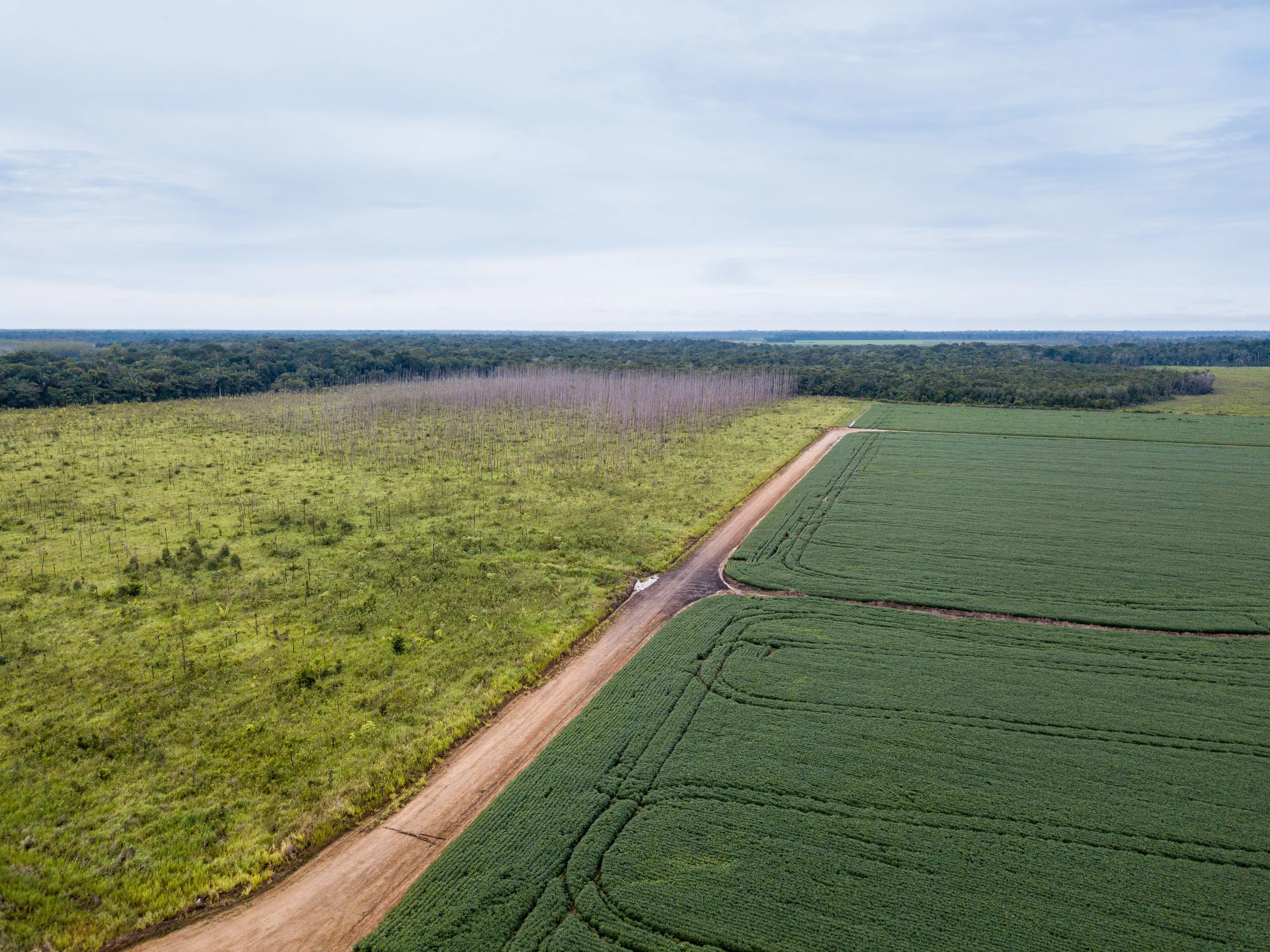
#3 Reforestation and afforestation
Reforestation efforts, which involve replanting trees in deforested areas, and afforestation, the planting of trees in areas that were not previously forested, can help restore degraded landscapes. These efforts can rebuild habitats, sequester carbon, and restore ecological balance.
#4 Consumer awareness and corporate responsibility
Educating consumers about the impact of their choices, particularly regarding products like palm oil, beef, and soy, can drive demand for sustainably sourced goods. Encouraging corporations to commit to zero-deforestation supply chains is also critical in reducing the demand for forest-destroying practices.
#5 Global and local policy initiatives
Stronger policies and international agreements aimed at reducing deforestation are crucial. Governments must enforce laws that protect forests, while global initiatives like REDD+ (Reducing Emissions from Deforestation and Forest Degradation) provide financial incentives for countries to preserve their forests.
A call to action for our rainforests
The battle to save the world’s tropical rainforests is not just about preserving trees; it’s about safeguarding the future of our planet. The impact of deforestation on tropical rainforest ecosystems is profound, with implications for biodiversity, climate stability, and human well-being.
By recognizing the value of these forests and taking decisive action to protect and restore them, we can ensure that these vital ecosystems continue to thrive for generations to come. The time to act is now, before more of these irreplaceable treasures are lost forever.
Sign up for the newsletter
By clicking on “Subscribe now” I will subscribe to the Conscious Explorer newsletter with all the information about mindful travel. Information on the success measurement included in the consent, the use of the shipping service provider MailChimp, logging of the registration and your rights of revocation can be found in our privacy policy.

